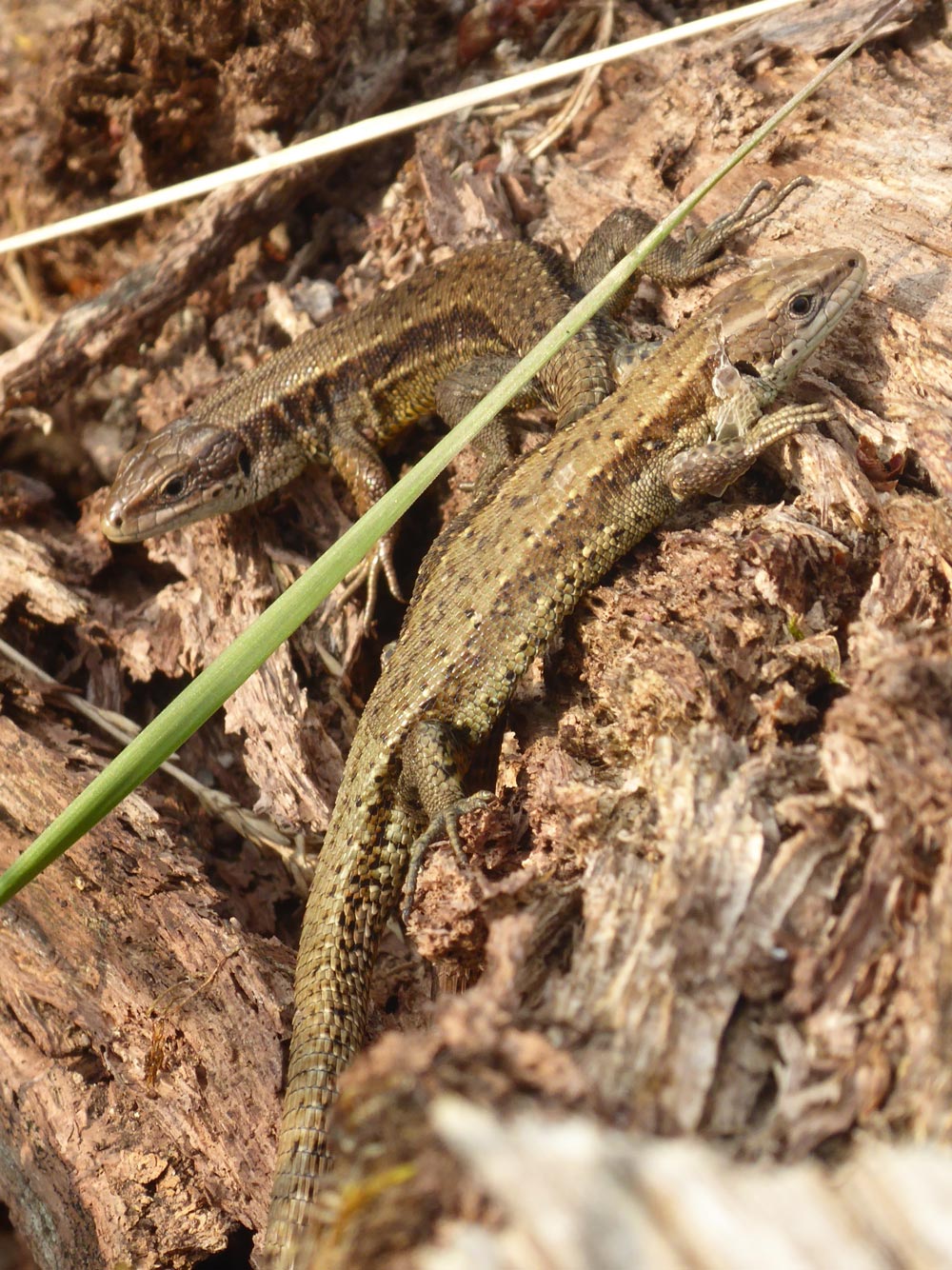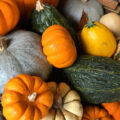by Susie Curtin.
Mid-October, and the early morning sun throws a golden light over the Vale. Autumn has begun with its first brush strokes of orange, red and yellow, creating splashes of colour amid the hedgerows. By the time you read this, the landscape will be ablaze with autumn hues.
I am off to the summit of Hambledon Hill where the panoramic view never fails to inspire me. From this lofty position, I love to piece together my favourite places in the Vale – how close they seem from up there. As I climb higher, and the landscape unfolds before me, my spirits are lifted far beyond the daily news and the inevitable anxiety it instils.
Instead, my thoughts and attention centre on the here and now, and the drama below as the crows chase away a pair of red kites gliding beneath me. Kites are such remarkable birds with their distinctive black wing-bars and their perfectly formed fork-tailed-rudders that steer them so elegantly through the air. There are buzzards and ravens, and kestrels too, searching for voles on the grassy slopes. It is the perfect place and day for raptors.
As I make my way along the ramparts and into the fields beyond, the sun becomes surprisingly warm. Stopping to take off my jacket, I hear a swift, staccato rustle of movement under the hedgerow. A sound I recognise well – where there is one, there are usually more. And there, basking on dead wood beneath the brambles, are two lizards.
Although they are called ‘Common Lizards’ and are the most widespread of all terrestrial reptiles in the world, ranging from France through northern and central Europe across Asia all the way to the Pacific coast, they are not commonly seen as they tend to exist only in localised areas.
However, once you know where they are, you can easily spot them in warm sheltered, south-facing spots in open woodland, downland, or heathland. You just need to approach very slowly and quietly and stay out of their sunlight, and you will be able to get close. Female common lizards tend to be a little shorter and have stripy flanks, whereas the males are longer, and their flanks are spotted.
Its Latin name is Zootoca vivipara – the ‘vivipara’ because, oddly for a reptile, the eggs of a common lizard are incubated inside the female, and she gives birth to six or seven live young in July following a three-month incubation period. These two mini-dragons are collecting as much warmth as they can before their hibernation in late October that will take place in communal groups underground or beneath woodpiles. In April, they will emerge once more to mate and bask here in the hedgerow.
As the cloud cover drifts in from the west, they retreat into the undergrowth, and I leave them to it and head off down the ride towards home. Autumn leaves are falling all around me, floating in circles until they reach my feet. Here they will transform into the nutrients that bring new life in the spring. The ebb and flow of nature mirrors our own journeys too, and I hope that in time, our security and prosperity will, once again, return and the world will be a better place.
Dr Susie Curtin (email curtin.susanna@gmail.com)









Leave a Reply